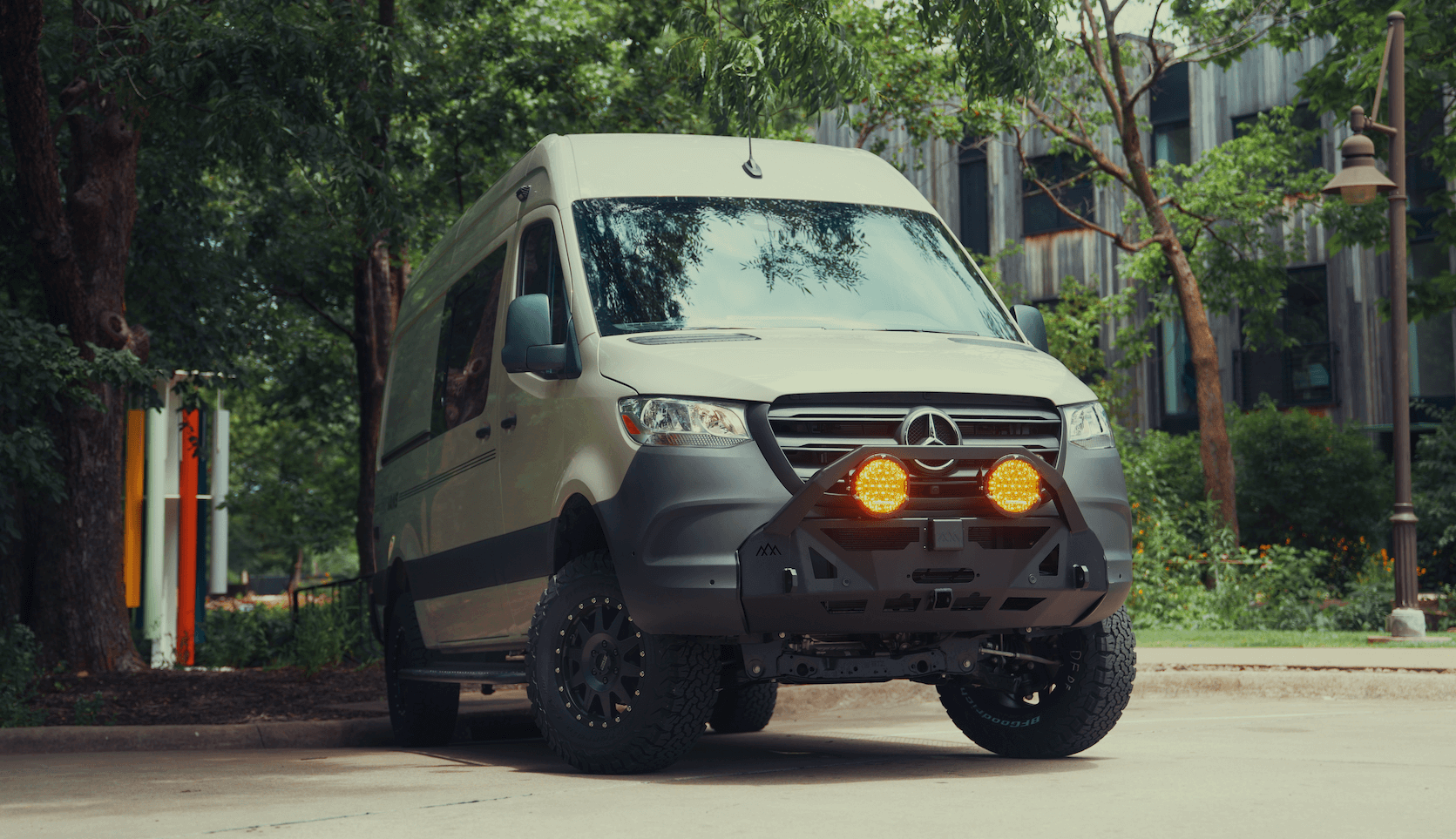Recreational Vans

Grey water is the used water from sinks, showers, and laundry. It is not the same as black water, which contains toilet waste. Even though grey water has fewer pathogens, it still carries food particles, soap, oils, and bacteria that can harm streams and attract wildlife. Many parks and cities regulate grey water disposal to protect soil and waterways. Knowing where to dump grey water keeps you legal, courteous, and environmentally responsible.
The safest approach is to connect to the sanitary sewer through approved facilities. Common legal options include:
These sites are designed for grey and black water. Follow posted instructions. Typical steps:
Expect fees or access rules. Some campgrounds include dumping with a site stay; others offer pay per use.
Many cities have utilities that accept RV waste during business hours. Call ahead to confirm access, fee, and hose requirements. At home, the safest method is a labeled hose into a sewer cleanout that connects to the municipal system. If you do not have one, use the household toilet in small batches. Never drain into a storm drain, yard, roadside ditch, or any system that leads directly to creeks.
Dumping on the ground can spread contaminants, attract animals, and result in fines. Many public lands and most cities prohibit it outright.
Small dishwater is different from a full tank. If allowed by local rules, strain out food with a mesh screen and pack out solids. Scatter the cooled water broadly at least 200 feet from water sources so soil can filter it. Use biodegradable soap lightly. These guidelines do not apply to a vehicle grey tank, which must be emptied at a proper sewer connection.
A few habits make every dump fast, sanitary, and courteous.
Public lands, coastal zones, and desert regions often use stricter policies to protect sensitive environments. National parks typically require all tanked wastewater to go into approved stations. Some state parks allow strained dishwater at designated sinks but ban ground disposal otherwise. Always check posted signs and official websites for the latest guidance before you travel.
Capacity depends on your tank size, plumbing, and crew. Many travelers plan to dump every two to four days to prevent odors and overflow. Heat accelerates smells, and certain soaps can foam in tanks. To stretch capacity, limit long showers, wipe dishes before washing, and cook with minimal water when you are far from services.
A well designed plumbing layout reduces hassles and helps you comply with local rules. Consider a clear hose elbow for visibility, a vented loop to prevent burps, and labeled valves for fast operation. Add a charcoal trap to reduce odor and a dedicated washdown sprayer for cleanup. If you often boondock, an accurate tank monitor and a larger grey tank can extend time between dumps while keeping your footprint low.
OZK Customs designs water systems around real world travel patterns with practical routing, labeled service points, and simple maintenance. Explore our recreational vans to see how we turn touring needs into clean, reliable plumbing. If you are mapping a from scratch build, our custom van build process tailors tank size, filtration, and access to your routes and climate. Shopping for a platform that finances well before the upfit begins? Review our mainstream vans to choose a starting point that fits your budget and timeline.
Grey water is simple when you know where to take it. Plan your dump stops, respect local rules, and keep your gear organized. With the right setup, disposal becomes a quick chore instead of a headache.
Contact us using the form and we will help you design a water system that keeps you compliant and confident wherever you roam.
Ready for a rig that handles water management cleanly and without stress? Tell us how you travel and we will design a system that fits your routes, keeps you compliant, and simplifies dump day. Share your build goals and get a custom plan from OZK Customs.
ADDRESS:
6159 E Huntsville Rd, Fayetteville, AR 72701
PHONE:
(479) 326-9200
EMAIL:
info@ozkvans.com